
Zero Waste Goshen
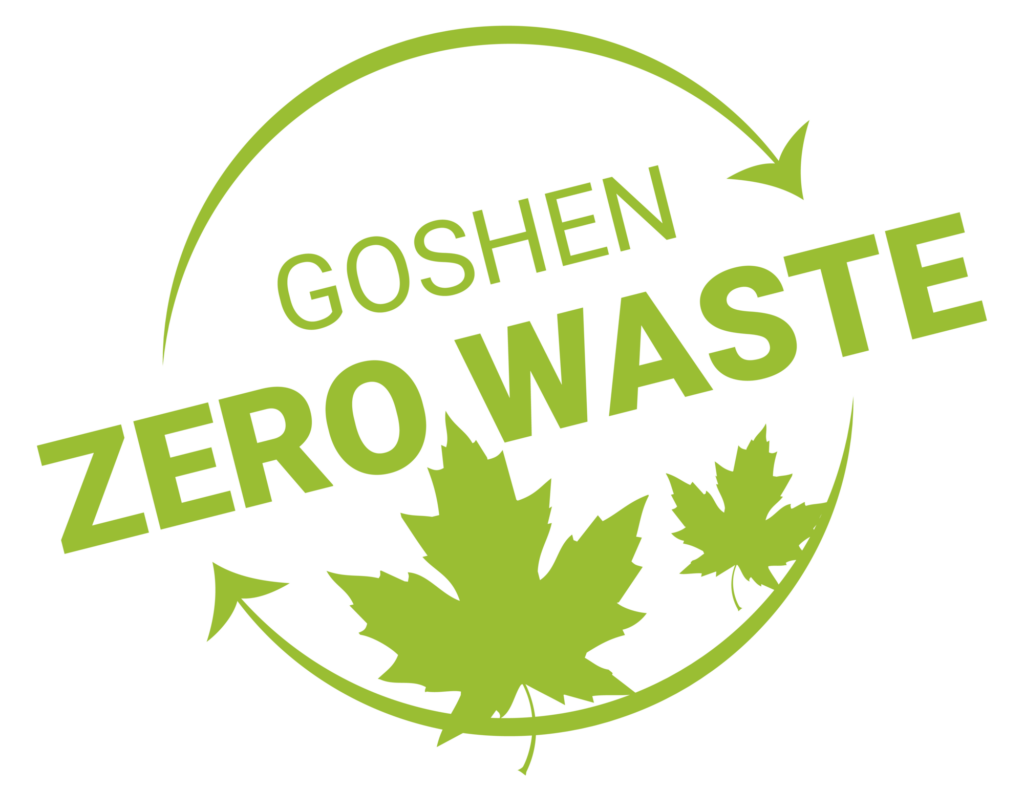
Join the Zero Waste Initiative
View recorded Zero Waste Webinars
Funding for this project was provided by the Indiana Department of Environmental Management – Community Recycling Grant.
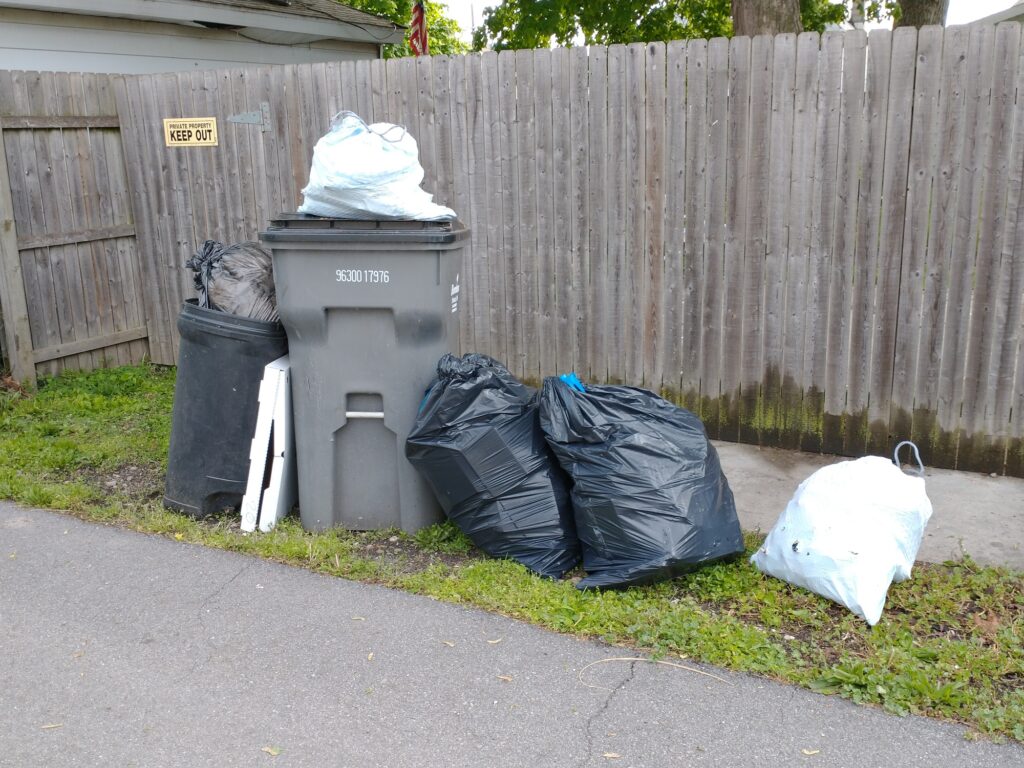
Regardless of your current footprint, all but a few of us can reduce waste that we generate. If you are already a champion at waste reduction, we need you too! Learning from each other is the best way to find tips and products that work.
The more households who participate, the more significant the impact. We will post updates on waste generated online beginning in November 2022. Check back to see how we are doing!
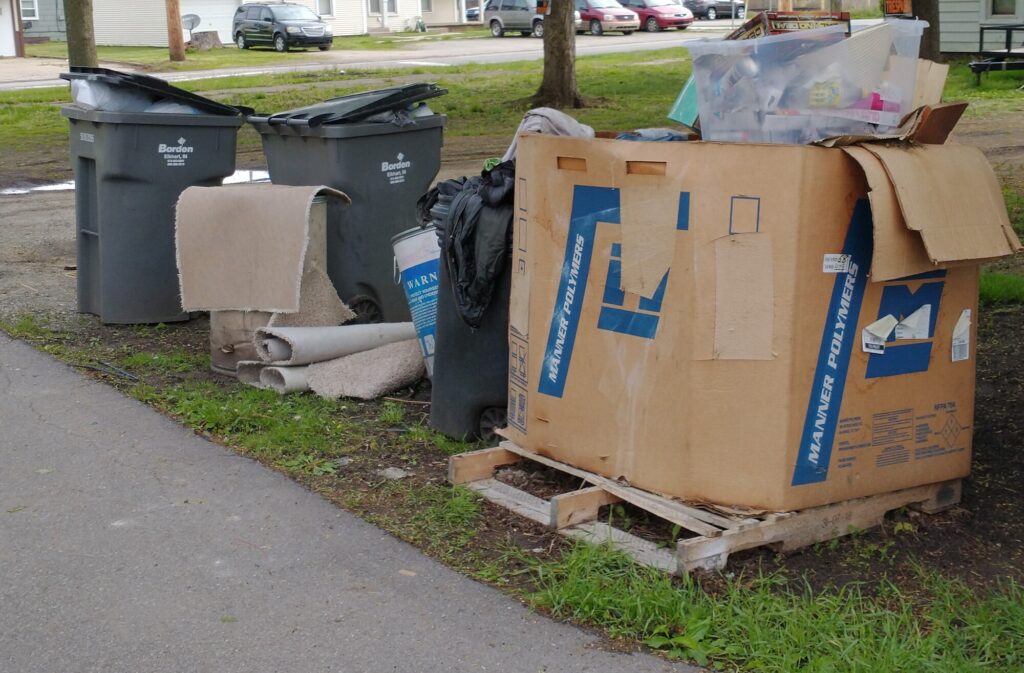
The Zero Waste Initiative addresses the ever-increasing solid waste put on the curb by households in Goshen. This year alone, the City is expected to spend $1,500,000 picking up and disposing of waste into the landfill from 11,000 households; however, we know that 48% of American household waste is recyclable. In Goshen, we have 10% of households pay for curbside recycling, plus others utilize the public drop-off bins, but we are still landfilling 50% more than the national average. The national average is 1,600 pounds of waste per household – Goshen is landfilling 2,500 pounds per household.
The Truth About Local Recycling
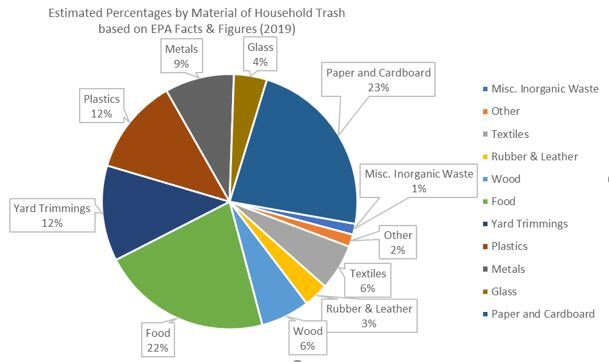
Household Trash is comprised of many things that do not have to go to the landfill. 48% of trash can be recycled in a curbside or drop-off recycling bin (cardboard, paper, glass, plastics, and cans). These are commodities that are sold to manufactures in the Midwest and recycled into new products. Your recyclables in our area are NOT being shipped to China. They are being used close to home and they create JOBS!
Recycling creates 14 jobs per every 1 job handling waste that is landfilled.
Plastics
Plastics are ubiquitous in our lives and now in our environment. Plastic can be found in every crevice of the globe, including oceans and mountains, and in our air and water These are mostly in the form of tiny microplastics that humans and animals inhale and ingest without knowing. Info
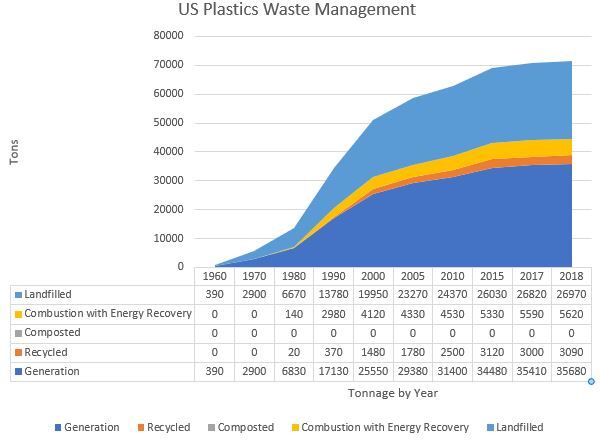
Plastics can certainly provide some important benefits to our modern world, especially in the medical field. But promises from manufacturers that they will be recycled has proven a hollow one.
Many plastics are recyclable such as bottles and containers, however, plastic items such as a broken plastic sweepers or appliances, straws, plastic utensils, and office supplies are NOT! Some plastics may have the recycling symbol, but there is no place to actually recycle them. The local recycling facility is not equipped to handle odd-shaped plastics, nor identify the tiny recycling symbol on unfamiliar items traveling quickly through the sorting process. Those products are destined for the landfill.
The US Plastics chart shows the dark blue area in plastics produced each year. The light blue area shows the amount going to the landfill. Yellow depicts tonnage that is burned to make diesel or other forms of energy, and orange depicts the small percentage of material that is being recycled.
Landfilling Dollars
Most services that the City performs for its constituents provide a sustaining or appreciating value for the local economy. However, the handling of unsorted and unlimited trash is a cost that is neither sustainable nor contributing to the local economy. Trash service treats all waste as end of life-cycle waste.
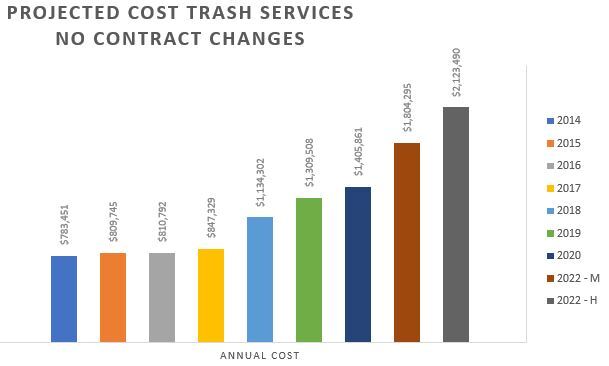
In the Projected Cost of Trash Services, you can see the increasing cost for residential trash removal in the City of Goshen for the last seven years. Costs are rising both in the waste hauling industry and our waste tonnage is continuing to climb (Trash in Pounds per Household).
The projected costs in 2022 could be close to triple compared to what it was in 2014. The projection is based on the increases in the last contract and actual expenses through 2020. The tonnage was projected for 2021 and 2022 based on trends for the last seven years.
There are two scenario projections for 2022 are based on, first a moderate increase in hauling and disposal, and then a high increase (as seen in 2018) in hauling and disposal.
Neither of these projections shows a reduction in overall solid waste. Reductions in solid waste could greatly impact the reality that materializes in 2022.
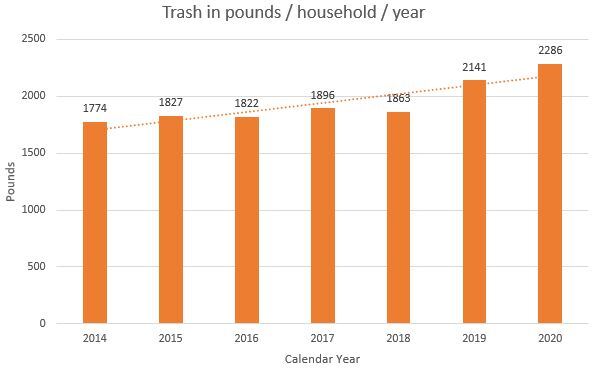
The City of Goshen does not endorse any businesses or products. Products were selected based on factors such as local availability, zero waste (cradle to grave) including packaging, toxicity, reviews from customer experiences, & cost. The products tested and used in this project were limited and do not reflect all products on the market.
